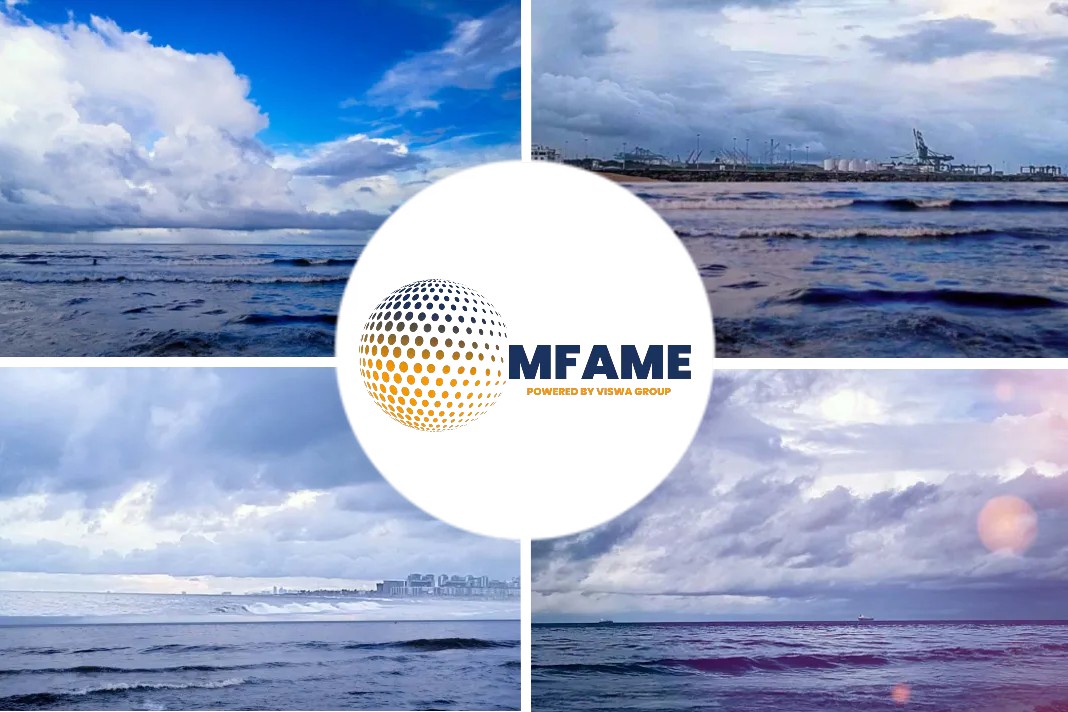Decommoditisation is Next Big Trend for the Bunker Industry, says a news Ship and Bunker news report.
Consultancy BLUE Insight
Consultancy BLUE Insight sees a new trend stalking the bunker industry in the coming years as it grapples with its GHG emissions: decommoditisation.
The term describes the process where the cost of the underlying commodity becomes less
important in pricing of bunker contracts, losing ground to the wider issues of guaranteed levels of service and continuity of low carbon alternative supply reflected in higher-margin,
longer-term deals, Adrian Tolson, head of BLUE Insight, told Ship & Bunker on Monday.
In a market where shipowners are increasingly seeking alternative fuels with patchy supply
outlooks, buyers will be willing to move from traditional spot-market purchases and competitive short-term contracts with often very low supplier margins to much longer-term contacts of as much as 10 years, based on a cost plus pricing model with fixed and higher margins, but with fuel supply and quality of service guaranteed, he explained.
The cost plus approach allows for the finance, repayment and return on the significant
investments needed for alternative-fuel infrastructure.
“Basically, you can transform an undercapitalised low-margin or even negative-margin bunker business into a stable cost plus margin business with better and consistent investment returns and no need to steal,” Tolson said
“The cost of developing, producing and delivering alternative bunker fuel in the coming
years and decades will need to be covered by final fuel sales prices, and these costs will form a much bigger share of the final price than we have seen in the fossil fuel bunkering world.
“Perhaps more important is that the business is structured in a way to provide a consistent return for investors, so all this new tech can be paid for.
“Longer-term contracts are the commitment that a buyer makes to the supplier, and as a result the supplier will agree to provide the new alternative fuel.”
Energy Availability to Shape Shipping
Shipping markets will also need to adjust according to fuel availability, Tolson argued.
“The shipping side is more complicated, but if you are going to build ships to run on new fuels then you will tailor them to operate to geographical locations that have the new fuels available,” he said.
“Ships will become more and more specifically designed to energy availability, matching this to where the fuel is available and hence tied to specific routes.
“The commoditisation of shipping that allows for tramping and trading of ships as we see today will be much more limited in the coming years.
“Alternative fuels adoption will demand shipping investment, and shipowners will demand longterm multi-year deals from shippers to build, finance and provide this tonnage that lowers GHG impacts.
“Then the shipowner will go to specific suppliers of this type of energy in specific geographies and write multi-year deals with them.
“This is already happening with LNG, and will be the dominant mode for the bunkering industry of the future rather than the extreme exception.”
Did you subscribe to our Newsletter?
It’s Free! Click here to Subscribe.
Source: Ship and Bunker






















